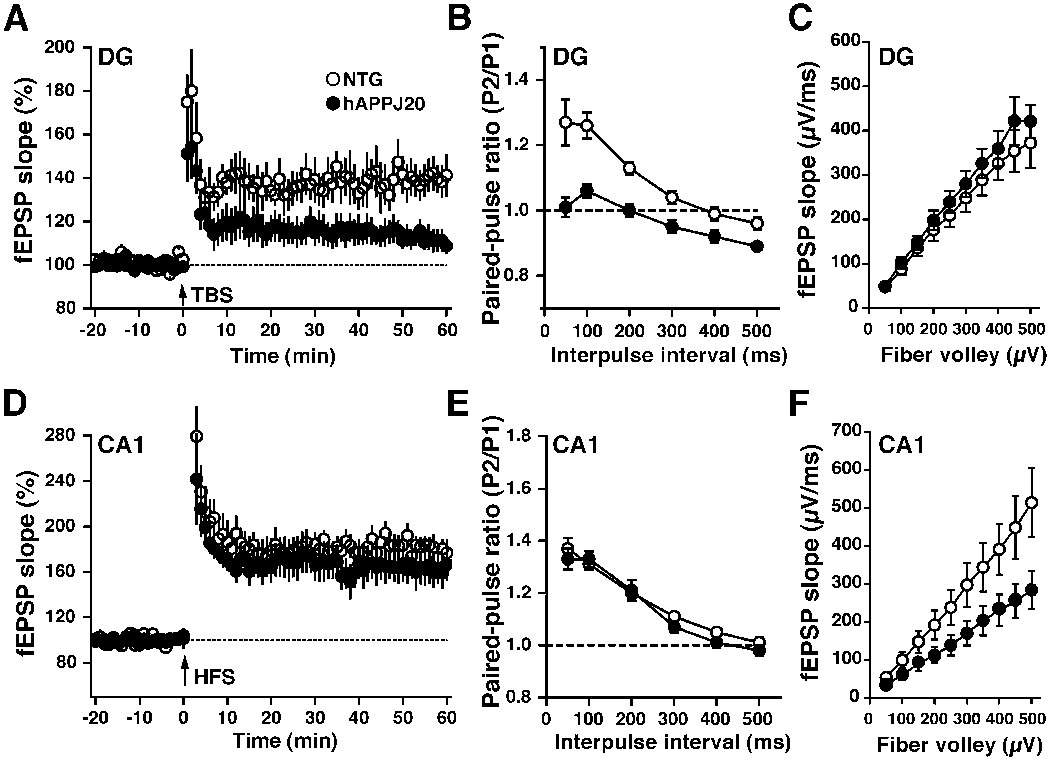Figure 9. Region-specific electrophysiological alterations in hippocampal slices from hAPP-J20 mice.

(A) LTP at the medial perforant pathway synapse within the dentate gyrus (DG) was significantly depressed in hAPP-J20 mice (6 slices, 6 mice) compared with NTG mice (9 slices, 8 mice) (P<0.01 by repeated measures ANOVA on data collected from minutes 51-60). (B) At the medial or lateral (not shown) perforant pathway, paired-pulse ratio, a common measure of presynaptic function, was significantly different in hAPP-J20 mice (15 slices, 7 mice) compared with NTG mice (15 slices, 8 mice) (P<0.01 by Student’s t test at all interpulse intervals). (C) The slope of the input-output relationship, a measure of synaptic transmission, along the medial or lateral (not shown) perforant pathway was similar in hAPP-J20 (14 slices, 7 mice) and NTG (12 slices, 7 mice) mice. (D) LTP at the Schaffer collateral synapse within the CA1 region (CA1) was similar in hAPP-J20 (5 slices, 5 mice) and NTG (8 slices, 6 mice) mice. (E) Paired-pulse ratio at this synapse was similar in hAPP-J20 (14 slices, 6 mice) and NTG (16 slices, 7 mice) mice. (F) In contrast, synaptic transmission along the Schaffer collateral synapse was significantly less in hAPP-J20 mice (14 slices, 5 mice) than in NTG mice (11 slices, 5 mice) (P<0.01 by ANCOVA). TBS, theta-burst stimulation; HFS, high frequency stimulation.
